
Geography
A landlocked country the size of Arkansas, lying between India and the Tibetan Autonomous Region of China, Nepal contains Mount Everest (29,035 ft; 8,850 m), the tallest mountain in the world. Along its southern border, Nepal has a strip of level land that is partly forested, partly cultivated. North of that is the slope of the main section of the Himalayan range, including Everest and many other peaks higher than 8,000 m.
Government
In Nov. 1990, King Birendra promulgated a new constitution and introduced a multiparty parliamentary democracy in Nepal. Under pressure amid massive pro-democracy protests in April 2006, King Gyanendra gave up direct rule and reinstated Parliament, which then quickly moved to diminish the his powers. In December 2007, Parliament voted to abolish the monarchy and become a federal democratic republic.
History
The first civilizations in Nepal, which flourished around the 6th century B.C., were confined to the fertile Kathmandu Valley where the present-day capital of the same name is located. It was in this region that Prince Siddhartha Gautama was born c. 563 B.C. Gautama achieved enlightenment as Buddha and spawned Buddhist belief.
Nepali rulers' early patronage of Buddhism largely gave way to Hinduism, reflecting the increased influence of India, around the 12th century. Though the successive dynasties of the Gopalas, the Kiratis, and the Licchavis expanded their rule, it was not until the reign of the Malla kings from 1200–1769 that Nepal assumed the approximate dimensions of the modern state.
The kingdom of Nepal was unified in 1768 by King Prithvi Narayan Shah, who had fled India following the Moghul conquests of the subcontinent. Under Shah and his successors Nepal's borders expanded as far west as Kashmir and as far east as Sikkim (now part of India). A commercial treaty was signed with Britain in 1792 and again in 1816 after more than a year of hostilities with the British East India Company.
In 1923, Britain recognized the absolute independence of Nepal. Between 1846 and 1951, the country was ruled by the Rana family, which always held the office of prime minister. In 1951, however, the king took over all power and proclaimed a constitutional monarchy. Mahendra Bir Bikram Shah became king in 1955. After Mahendra died of a heart attack in 1972, Prince Birendra, at 26, succeeded to the throne.
In 1990, a pro-democracy movement forced King Birendra to lift the ban on political parties. The first free election in three decades provided a victory for the liberal Nepali Congress Party in 1991, although the Communists made a strong showing. A small but growing Maoist guerrilla movement, seeking to overthrow the constitutional monarchy and install a Communist government, began operating in the countryside in 1996.
On June 1, 2001, King Birendra was shot and killed by his son, Crown Prince Dipendra. Angered by his family's disapproval of his choice of a bride, he also killed his mother and several other members of the royal family before shooting himself. Prince Gyanendra, the younger brother of King Birendra, was then crowned king.
King Gyanendra dismissed the government in October 2002, calling it corrupt and ineffective. He declared a state of emergency in November and ordered the army to crack down on the Maoist guerrillas. The rebels intensified their campaign, and the government responded with equal intensity, killing hundreds of Maoists, the largest toll since the insurgency began in 1996. In Aug. 2003, the Maoist rebels withdrew from peace talks with the government and ended a cease-fire that had been signed in Jan. 2003. The following August, the rebels blockaded Kathmandu for a week, cutting off shipments of food and fuel to the capital.
King Gyanendra fired the entire government in Feb. 2005 and assumed direct power. Many of the country's politicians were placed under house arrest, and severe restriction on civil liberties were instituted. In Sept. 2005, the Maoist rebels declared a unilateral cease-fire, which ended in Jan. 2006. In April, massive pro-democracy protests organized by seven opposition parties and supported by the Maoists took place. They rejected King Gyanendra's offer to hand over executive power to a prime minister, saying he failed to address their main demands: the restoration of parliament and a referendum to redraft the constitution. Days later, as pressure mounted and the protests intensified, King Gyanendra agreed to reinstate parliament. The new parliament quickly moved to diminish the king's powers and selected Girija Prasad Koirala as prime minister. In May, it voted unanimously to declare Nepal a secular nation and strip the king of his authority over the military.
The Maoist rebels and the government signed a landmark peace agreement in November 2006, ending the guerrilla’s 10-year insurgency that claimed some 12,000 people. In March 2007, the Maoists achieved another milestone when they joined the interim government. Just months later, in September 2007, however, the Maoists quit the interim government, claiming that not enough progress had been made in abolishing the monarchy and forming a republic. They agreed to rejoin the interim government in December, when Parliament voted to abolish the monarchy and become a federal democratic republic.



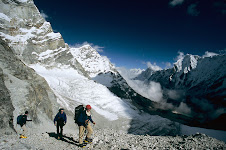





.jpg)

.jpg)


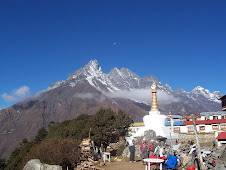

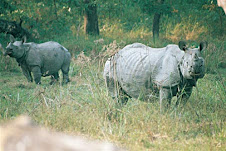




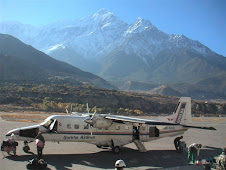




.jpg)

.jpg)
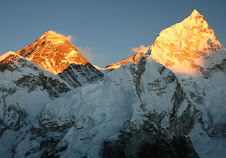





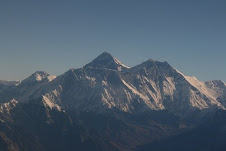
+-+Pokhara.jpg)
.jpg)

.jpg)


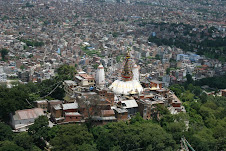






No comments:
Post a Comment